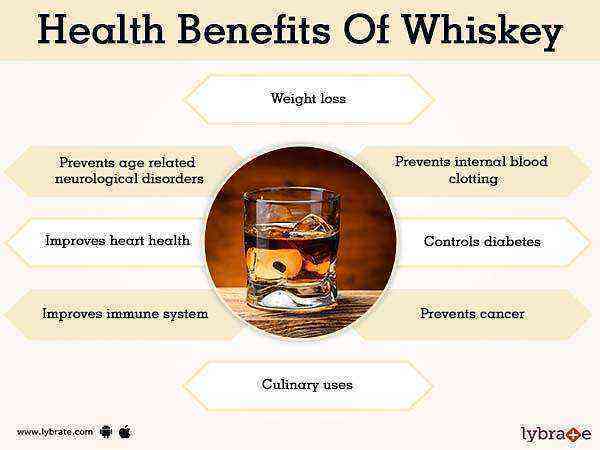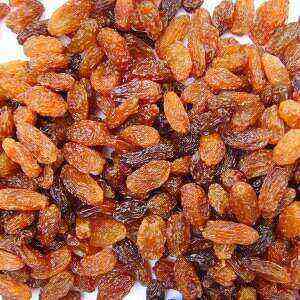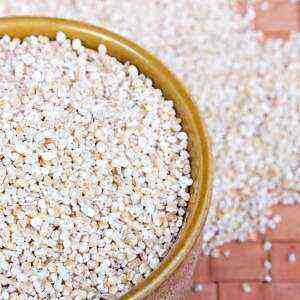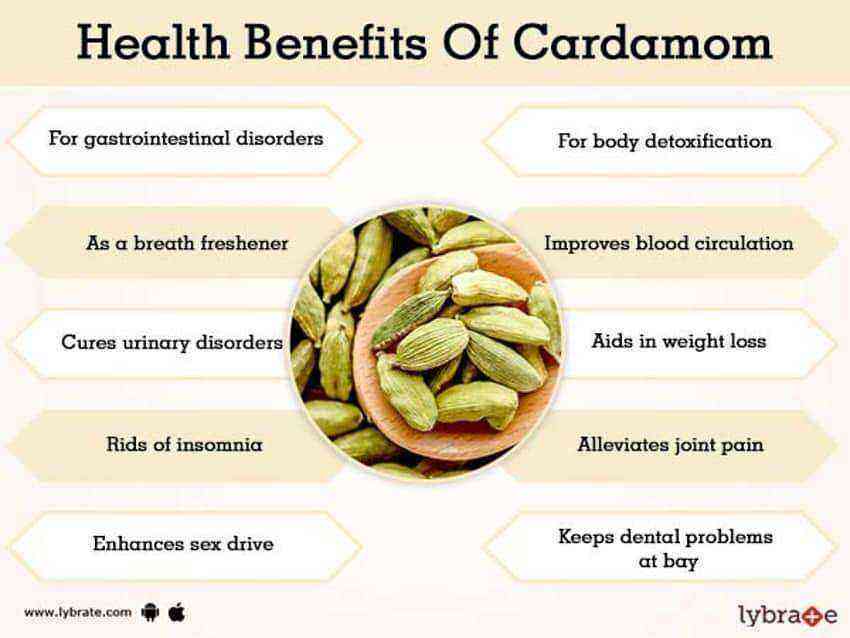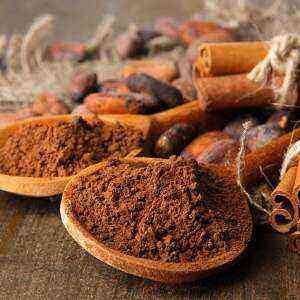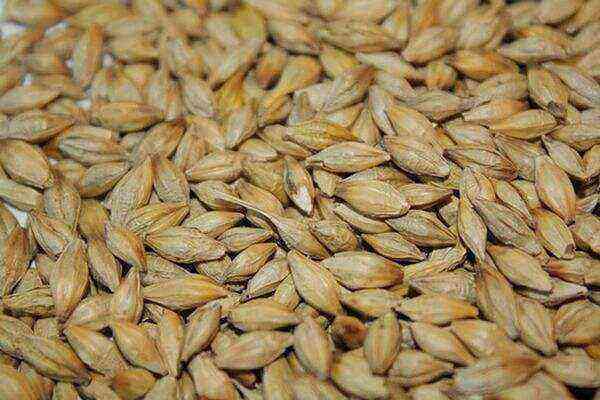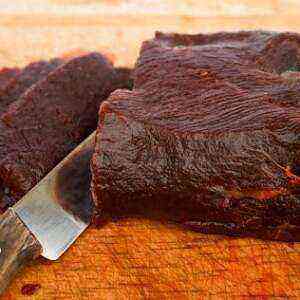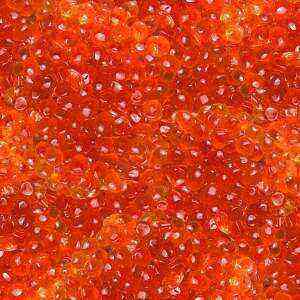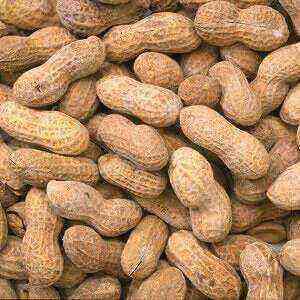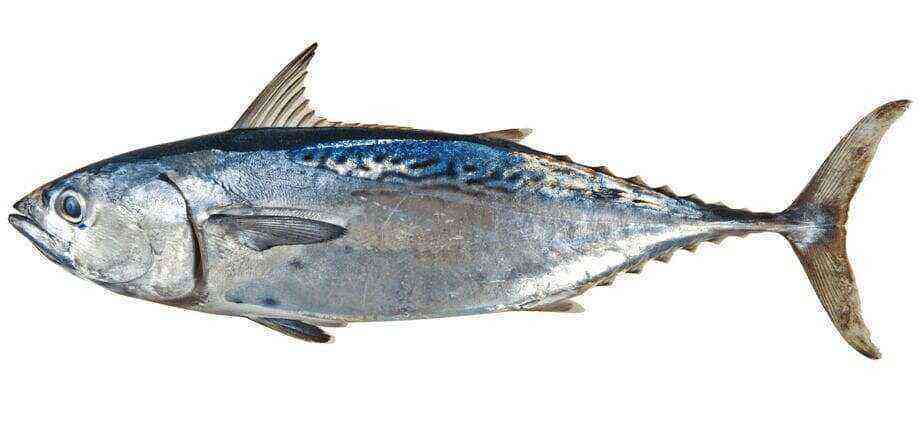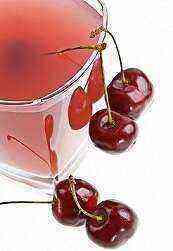Palm oil is on everyone’s lips today. Cheese scandals, in which it was found instead of milk fat, alarming pediatricians who oppose baby food with stearin, many food industry enterprises willingly exchanging traditional sunflower oil for exotic palm oil – all this attracted close attention not only to the public, but also to ordinary people. consumers to a tropical product.
And although there are a lot of screams around about the harm of palm oil to health and the inadmissibility of using it to replace familiar products, it is worth looking at it objectively. Still, it’s not for nothing that this product has been produced and eaten for several millennia. And only then, having become acquainted with its useful and harmful properties, we can safely form our own unbiased opinion.
Palm oil composition
What is palm oil made of? It is obtained from the fruit of the oil palm, which is grown in almost all tropical countries of the world. It is important to distinguish palm oil from palm kernel oil. The first is obtained by pressing the fleshy part of the fruit, and the second – from the seeds of the same palm tree. Accordingly, the properties and cost of these types are different.
Vegetable palm oil, the properties of which are quite controversial, is one of the oldest, produced on an industrial scale. Already in Ancient Egypt, this product was actively traded, supplied from the central regions of the mainland. Its main feature is the heterogeneity of its composition. Like any vegetable oil, the chemical composition of palm oil is a mixture of several vegetable fats, the main share of which is stearin and olein.
Stearin is the solid fraction of the oil that melts at 50 degrees Celsius. Olein is a liquid fraction that melts at 21 degrees. Accordingly, its physical properties depend on which fat in a particular portion of oil is greater.
The Benefits of Palm Oil
The chemical composition of palm oil includes several substances that are very beneficial for our body. First of all, these are tocotrienols – components of vitamin E. They are very powerful natural antioxidants and immunomodulators, much more effective than tocopherols. At the same time, tocopherols are found in all vegetable oils, and tocotrienols – only in palm and rice bran oils.
Further, the benefits of palm oil are that it contains a large amount of vitamin A, which is just as useful for maintaining immunity as vitamin E, and supporting the eyesight and skeletal system of the body.
Is palm oil beneficial for the body yet? It is very important that it does not increase blood cholesterol levels. In relation to cholesterol, its properties are neutral: there are practically no fatty acids in its composition that can be converted into cholesterol in the body.
And it is especially important that palm oil, whose beneficial properties go far beyond the food industry, is widely used in medicine and cosmetology. How is palm oil useful in these areas? It moisturizes and softens the skin well, helps to improve the condition of the hair, and has proven itself as a component of medicinal ointments and gels.
This is where the main healing properties of the product end. It’s time to find out if palm oil is bad for you?
Palm oil harm
It can be considered truly harmful only when it is added to various baby foods.
Why is palm oil harmful in baby food for newborns and babies? The fact is that in the intestines of a child, some fats from its composition can bind with calcium from other foods and turn into indigestible substances. Such compounds are removed from the child’s body, and with regular use of palm oil, he begins to receive less fats, which he needs to build various tissues, and calcium, which is one of the most important elements for normal development.
In addition, palm oil stearin is absorbed with particular difficulty due to the fact that even in the stomach it does not completely melt. This harmful property can lead to digestive disorders and exacerbation of certain diseases of the gastrointestinal tract.
As you can see, palm oil can be equally harmful and beneficial in different cases. Therefore, in order not to suffer from it, but also not to worry too much about the conscientiousness of manufacturers, we recommend that you follow these tips.
Palm oil products – can I eat?
1. Do not buy products in which, according to the production technology, butter should be used, but palm or stearin is indicated in the composition with it (or instead of it).
These products include condensed milk, cheeses, ice cream, various creams and confectionery. Even if the manufacturer notes both palm and butter on the packaging with them, be sure that there is much more of the first in the composition of such a product, although in theory it should not be contained at all.
2. Do not buy palm oil baby food. It is better to overpay money to a bona fide manufacturer and buy milk formulas without palm oil than to take them five times the amount to doctors.
3. If for some reason you decide to replace it with a creamy or other vegetable, be prepared for the fact that the dishes prepared with their help will need to be eaten hot. Having cooled down, culinary masterpieces will be covered with a very unaesthetic white film of stearin.
And then you have to choose between palm oil and butter. Just remember that palm oil will not be cheaper for you than regular sunflower oil, and most dishes are much wiser to cook with our traditional vegetable oil.
